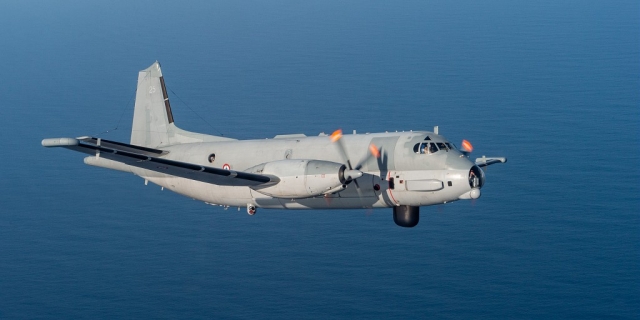The Maritime Airborne Warfare System (MAWS) programme, launched in 2017 by France and Germany, aimed to replace the German Navy P-3C Orions and the Marine Nationale (French Navy) ATL2 (Atlantique 2) with new aircraft. The programme included a platform, new radars, electronic warfare capabilities, sonobuoys and armaments dedicated to anti-submarine and anti-surface warfare. Beyond a simple aircraft, it was a collaborative combat system with a network of sensors (drones, satellites, semaphores).
However, the failure of this Franco-German cooperation initiative became evident with Germany's decision last June to acquire five new P-8A Poseidon Maritime patrol Aircraft (MPA). The Poseidons will replace the current P-3C Orions of the German Navy, the modernisation of which was abandoned last winter and which must therefore be withdrawn from service by 2025.
To give the MAWS programme a chance, France offered to provide Germany with four Atlantique 2 upgraded to standard 6 to mitigate the consequences of the P-3C Orions’ withdrawal, with the training of German crews, aircraft maintenance and the prospect of operational cooperation. Germany refused this proposal.
In November 2020, a Franco-German study platform was installed in Thales premises in Vélizy, in the Paris region. This common platform brought together the actors involved (French DGA and German counterpart, military from both countries, companies) around a first study contract notified to the THED consortium, bringing Thales, Hensoldt, ESG and Diehl. This contract, aimed at determining the possible architectures for the future system, ended in October 2021 and should have continued with a new phase devoted to integration on the various platforms envisaged. According to French, Mer et Marine media, the common platform has been dismantled. This decision signals the near end of the Franco-German programme.
Is a France only solution possible? France must therefore work again on a national programme to ensure the replacement of its ATL2. The eigteen refurbished Standard 6 aircraft will retire between 2031 and 2035. Two options now seem possible for the French Navy. This summer, Dassault Aviation made a first proposal based on its new Falcon 10X jet. The Ministry of Defence (MoD) is also looking at the solution earlier presented by Airbus around the A320neo MPA and continues to seek possible partnerships at the European level to pool costs. No national study has yet been launched at this stage; a political decision being initially awaited.
The Falcon 10X, of which the size is ultimately equivalent to that of the ATL2 has a large cabin over 16 meters long, 2,8 meters wide and 2 meters high. It is sufficiently large enough to imagine the integration of a weapon bay. Navy pilots, who have long preferred turboprops for maritime patrol, requiring them to change altitude regularly and to be able to fly very close to the sea (ATL2s can descend up to 100 feet only), gradually learned, with the Falcon 50, to convert to jet engines.
Photo by Marine Nationale


